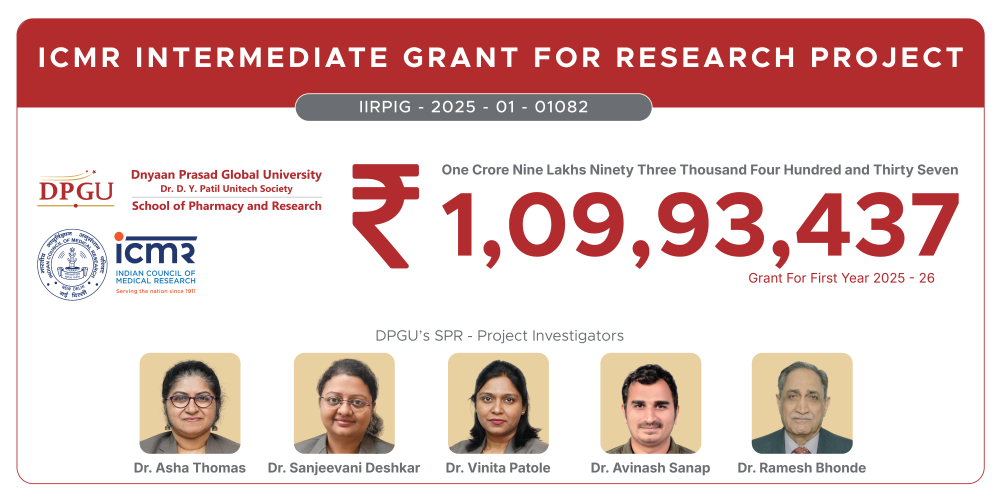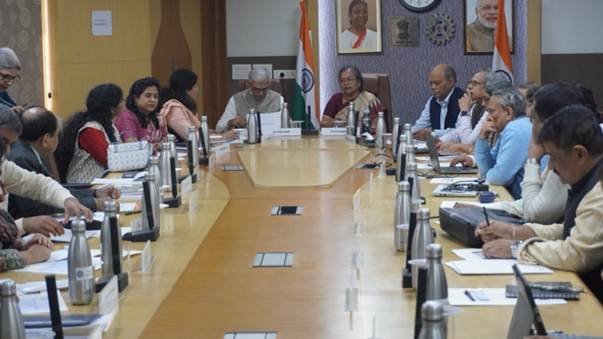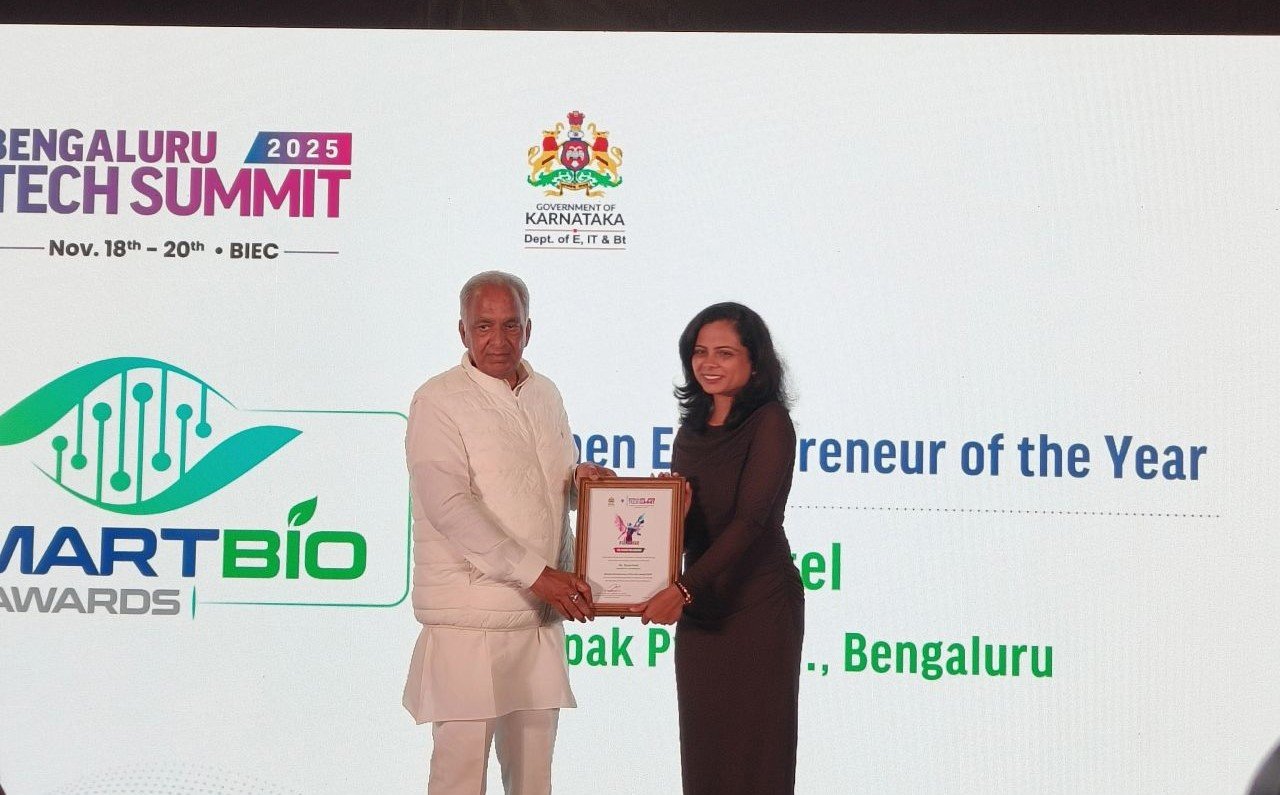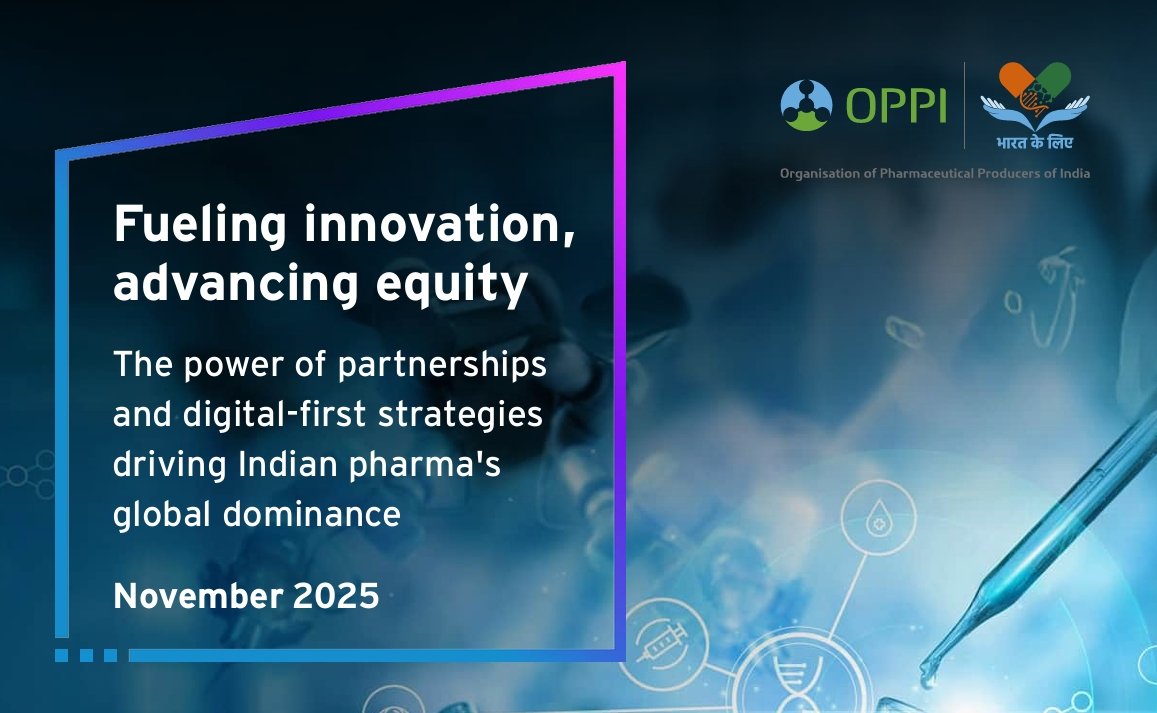Actis to bring down cancer treatment cost
October 07, 2010 | Thursday | News
Mumbai-based Actis Biologics has a
vision to bring to market, high-end technologies and biotechnology
products, at affordable prices. With its star product, 'Angiozyme'
recently entered phase III trials in India, this dream could perhaps
see the light of the day


A successful business plan is an amalgamation of
ideas, passion, putting in place a sound team, getting in the right
investors, funds, and above all, not turning a blind eye to the
failures that might come in the way.
In 2003, when a group of scientists in San Francisco (US) came together
to form Actis Biologics Inc, their sole purpose was to pool in their
patents, research accomplishments, and funds; not just to derive
maximum return on investment, but also to come out with high- end
technologies manufactured at low costs, so that the end product would
reach the consumer at an affordable price. Hence in this case, the
germination of an idea was not enough; but it required a sound business
plan and tactful dealing of logistics. Similarly, setting up its Indian
counterpart, Actis Biologics Private Ltd (ABPL) was no cakewalk for the
founders of the company. Challenges came in the form of limited funds,
limited manpower, finding like-minded partners on board, and procuring
the right technologies.
With the business strategy to be a low-cost manufacturer of products,
without compromising on manufacturing quality products in the field of
biotechnology, today, the company has a host of exciting molecules in
the pipeline, with their 'star product' for colorectal cancer molecule
'Angiozyme' recently entering phase III trials in India. Once
successfully commercialized, Angiozyme is expected to reduce the cost
to treat cancer to one-fifth the conventional costs.
The Genesis
In 2003, a group of biotechnology scientists congregated in San
Francisco with biomedical engineer Sanjeev Saxena, co-founder and
molecular biologist Dr Dave Toman besides other practicing clinicians;
to give expression to Actis Biologics Inc. Recalls Sanjeev Saxena, CEO,
Actis Biologics, “Besides contribution of patents and research
accomplishments, this group of engineers, scientists and doctors, has
contributed their limited funds to build the company, and expand to
other parts of the world. Thus, Actis Biologics Group was formed.�
Within a few years, Actis Biologics Group spread its wings and
established presence in India and Malaysia.
During various visits and interactions with the Government of India,
particularly, the Department of Biotechnology (DBT) and Department of
Science and Technology (DST); it became evident that a market like
India was in dire need of a next generation biotechnology company, that
had lower cost structure besides a diverse gene pool. With the support
of the DBT, Actis Biologics was established in December, 2005; and
valuable patents were transferred to Actis Biologics in India.
Thereafter, Actis Biologics grew with private investments and support
of governmental agencies with schemes such as the Small Business
Innovation Research
Initiative (SBIRI). The company submitted a project titled “Delivery of
MSP36 with Lenti Viral Vector� to the DBT in December 2005, and that
was approved for funding in 2006; with the loan sanctioned in April
2007, and funds dispersed in May 2007.
In May 2007, Actis entered into a strategic tie-up with the Malaysian
government in Melaka, to develop Actis Biocity on the lines of biotech
centers in San Francisco (birth place of biotechnology), San Diego,
Seattle, Boston in the US.
Every business has its set of challenges and obstacles. “We had no
money when we started the company, so the issue was how do we
in-license and acquire technologies? Further, how do we hire the right
people, and motivate them to join and work with us? The other
questions, which we had to deal with, were what technologies to bring
on board, and who all do we want as partners; writing a business plan
and preparing the financial, and then finding the relevant investors,�
reveals Saxena. And then the issue of pricing the company's shares.
Subsequently, after tackling these issues, the funds were raised on a
project basis. Even though their biotechnology molecule for colorectal
cancer, Angiozyme, held a lot more promise, ABPL was unable to work on
further development of this technology, due to limitation on resources.
Further, the management had to contend with a paradigm shift of diverse
molecules in their portfolio.
Business Model
ABPL follows a business model that has already been implemented by many
international companies, wherein, the company will develop and
manufacture products, but market it through experts, who have a large
marketing network. However, what is unique about the marketing strategy
is to spin each technology platform (after incubation phase) as a
separate company; and develop other products using the technology,
besides bringing a partner into that spin off venture.
“As an example, we already did spin out our CAD technology into a
company called Telesto Diagnostics in Malaysia; and are in the process
of looking for appropriate partners, to further develop the company,
and the various products which will be generated, using this
technology,� reveals Saxena.
On the same lines, Actis Biologics has also incorporated under its
banner, Kohinoor Biotech to focus on a ribozyme tech platform; Aum Life
Sciences to focus on development of various recombinant proteins and
mAbs; Mercury Biotech for the development of gene therapy-based
products; and Deep Biotech for development of various immunotherapies,
using a novel cytokine.
Promises of Angiozyme
The company recently made news with its star product, Angiozyme, a
biotechnology molecule targeted at colorectal cancer, entering phase
III trials in India. The phase III clinical studies are expected to
cost the company

233.5
crore ($50 million), a part of which will be funded through soft loans
by the DST, Government of India. The phase III multi-centric trials
will be conducted among 150 patients in select centres in the country.
“The trials are expected to be completed within 18 months from now. The
company is also looking at conducting the trials in locations like
Malaysia, China, Latin America and the US,� confirms Saxena.
Angiozyme is a unique technology which is a hybrid of RNA and enzyme;
and is, thus termed ribozyme. Since it targets the mRNA, it comes under
the category of antisense. As an antisense catalytic enzyme that
combines with a specific RNA and then cleaves off, it helps in stopping
formation of unwanted blood vessels; thus stops the nutrition from
being supplied to tumor cells, and also starving these unwanted cells.
But, what is important about this technology, is that it works where
ever we need to stop blood vessel formation, be it in obesity, AMD or
as a contraceptive, since Angiozyme is a hammerhead ribozyme. “With
modifications to ribozyme, we should be able to create other signal
blocking mechanisms, or signal enhancement mechanisms to prevent or
fight other diseases. Now, specifically, in the case of colorectal
patients, the team at ABPL believes it should work by eliminating any
side effects, as well as, allowing for subcutaneous injections by
patients themselves. Further, it can be made so inexpensively, that it
should bring down cost of colorectal cancer care,� informs Saxena.
The technology proposal was studied in depth by a team of over 20
scientists from various departments (such as DST, ICMR, DBT, DCGI), and
was found to have a strong potential, due to its anti-angiogenesis
methodology. It was found that the cost of manufacturing this drug in
India, and its method of delivery, provided for drug costs to be
brought down by a factor of 10; and hence made affordable to the
general population. Due to this consideration, DST agreed to fund the
project.
The market size for Angiozyme just for colorectal cancer in India, is
at

1,341
cr ($300 million) and

6,707
cr ($15 billion) on a global basis (Angiozyme can be used for other
indications as well, breast cancer for example). Over

1,564
cr ($350 million) has gone in the development of this molecule. It will
cost another

290.5
cr ($65 million) to develop this molecule of which

223.5
cr ($50 million) has already been raised. This

223.5
cr ($50 million) has been been funded through soft loans from the DST,
Government of India. “We are just starting the process of exploring
potential strategic tie-ups and hence it is too early to discuss the
same,� says Saxena.
Other Developments
This apart, ABPL's Department for Scientific & Industrial Research
(DSIR)-recognized R&D centre is also conducting research of
recombinant proteins, gene therapy and antisense drugs. ABPL also has
over 20 patents around a very promising technology which was reviewed
by the US FDA and given an Orphan drug status. The LIV1 technology is
focused on making existing drugs more effective and less toxic, by
creating a more targeted delivery mechanism.
Looking at the future, growth for the company would come through both
organic and inorganic route. “This means, internally through soft loans
and grants from the governments of India and Malaysia and the National
Institute of Health, USA. We are looking at inorganic growth by raising
another

134.11
cr ($30 million)�, concludes Saxena.
Nayantara Som in Mumbai



 A successful business plan is an amalgamation of
ideas, passion, putting in place a sound team, getting in the right
investors, funds, and above all, not turning a blind eye to the
failures that might come in the way.
A successful business plan is an amalgamation of
ideas, passion, putting in place a sound team, getting in the right
investors, funds, and above all, not turning a blind eye to the
failures that might come in the way.  233.5
crore ($50 million), a part of which will be funded through soft loans
by the DST, Government of India. The phase III multi-centric trials
will be conducted among 150 patients in select centres in the country.
“The trials are expected to be completed within 18 months from now. The
company is also looking at conducting the trials in locations like
Malaysia, China, Latin America and the US,� confirms Saxena.
233.5
crore ($50 million), a part of which will be funded through soft loans
by the DST, Government of India. The phase III multi-centric trials
will be conducted among 150 patients in select centres in the country.
“The trials are expected to be completed within 18 months from now. The
company is also looking at conducting the trials in locations like
Malaysia, China, Latin America and the US,� confirms Saxena. 






